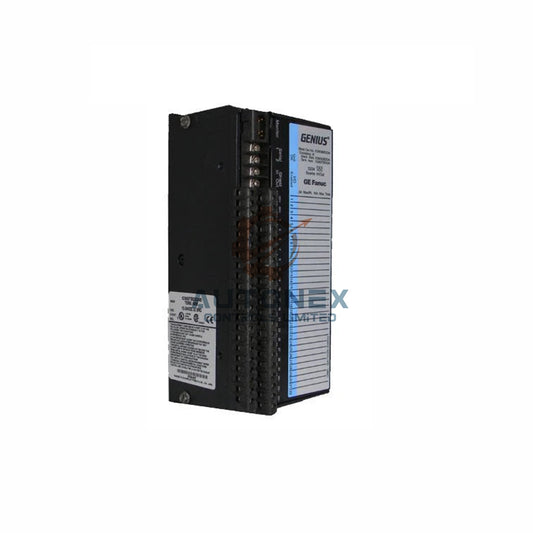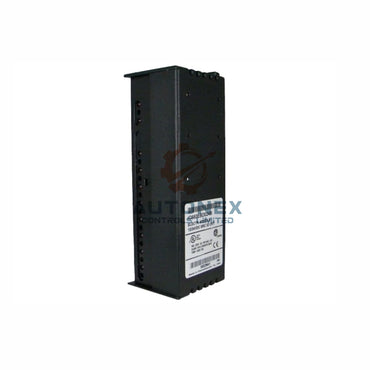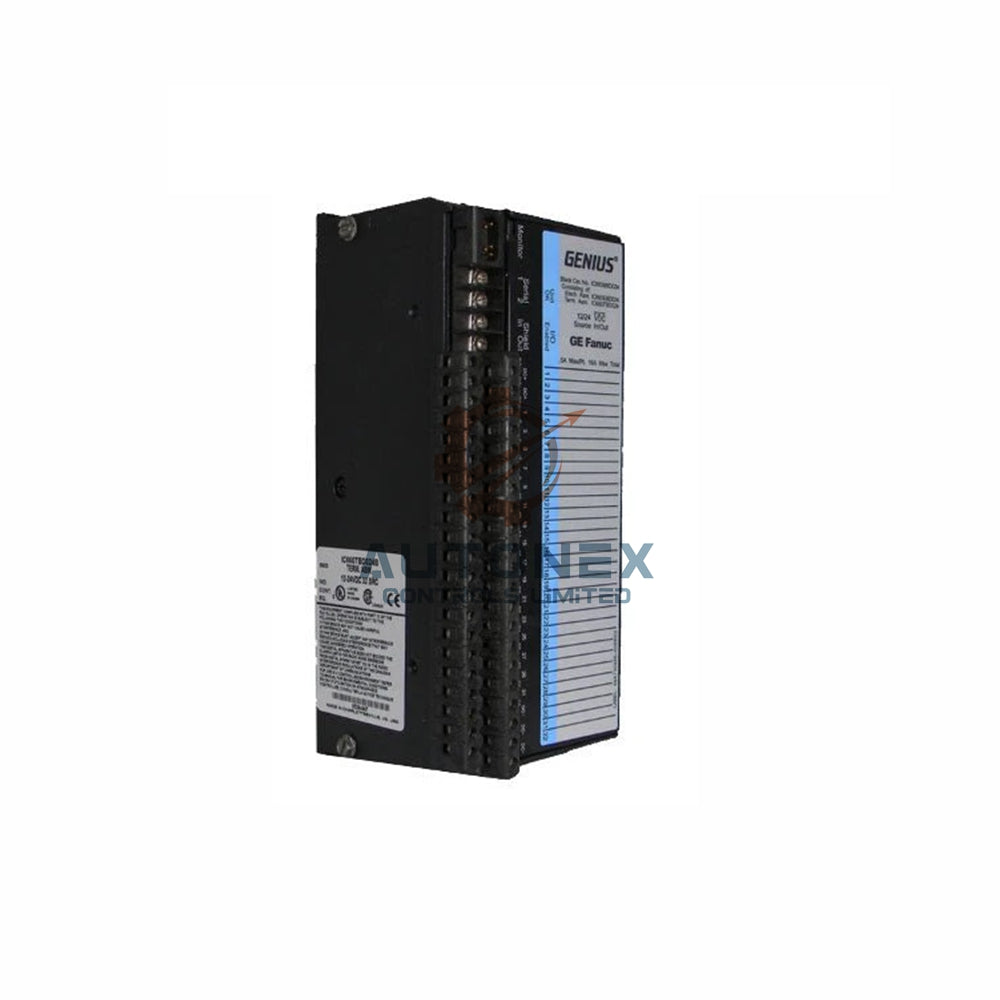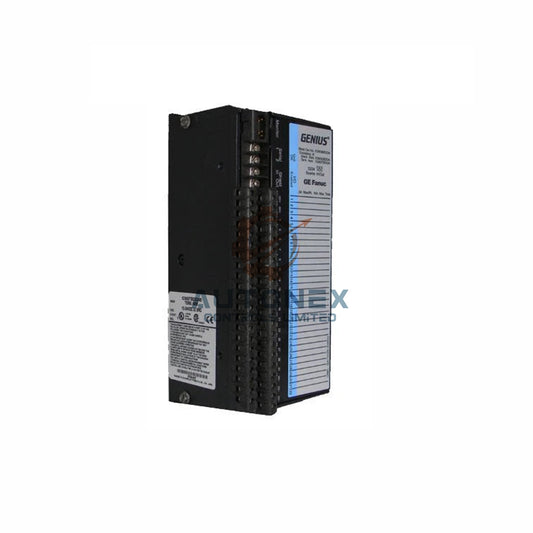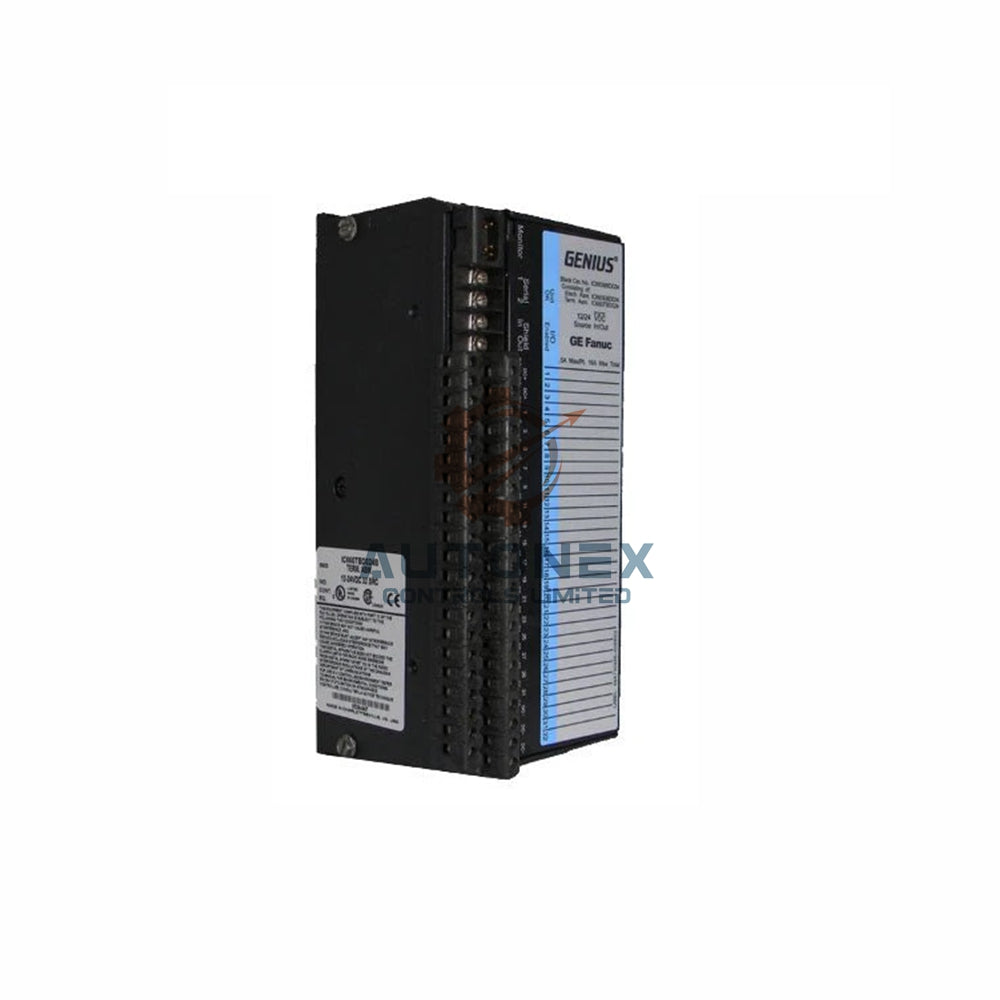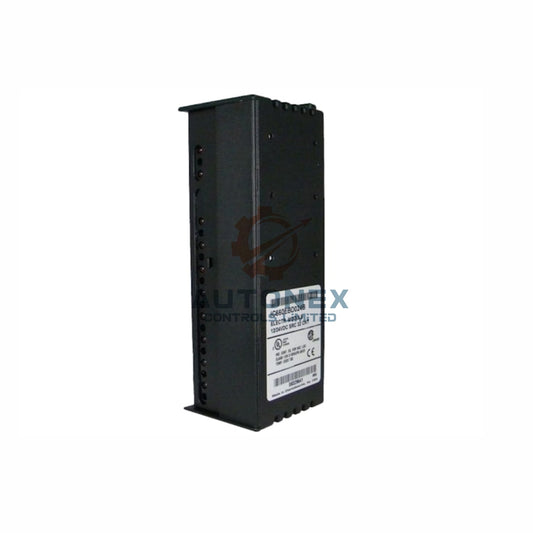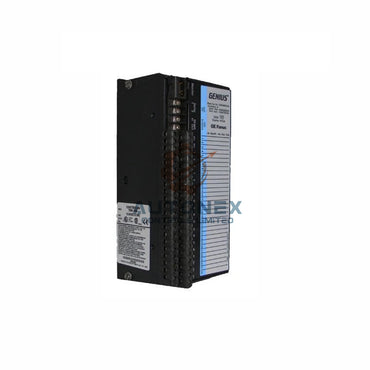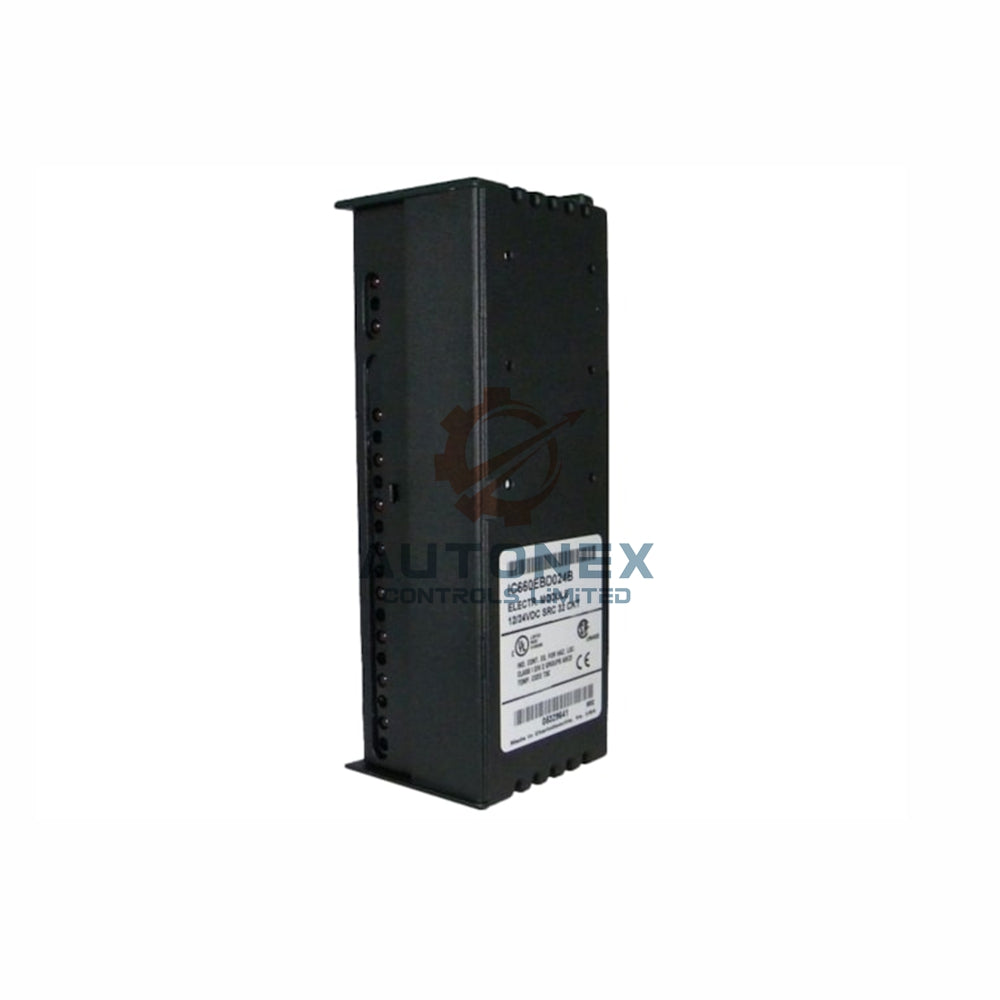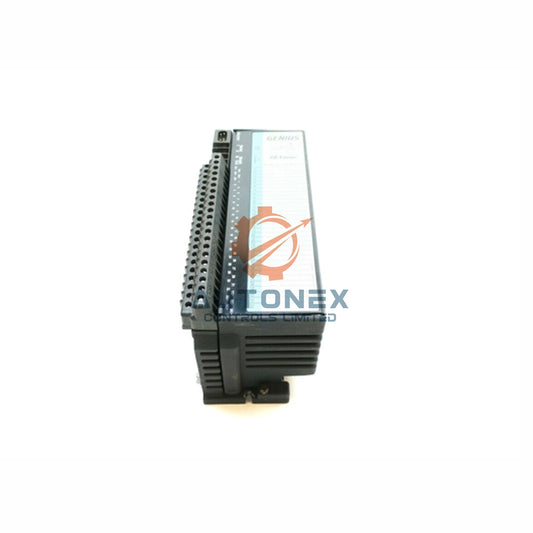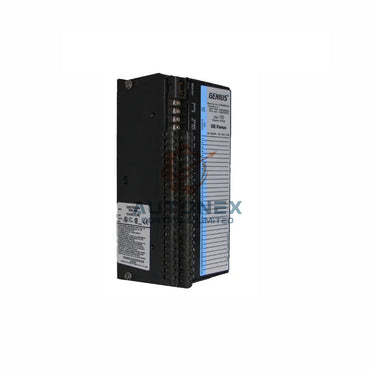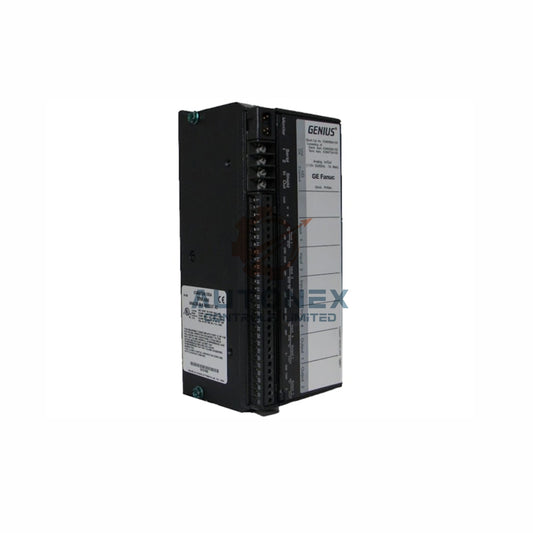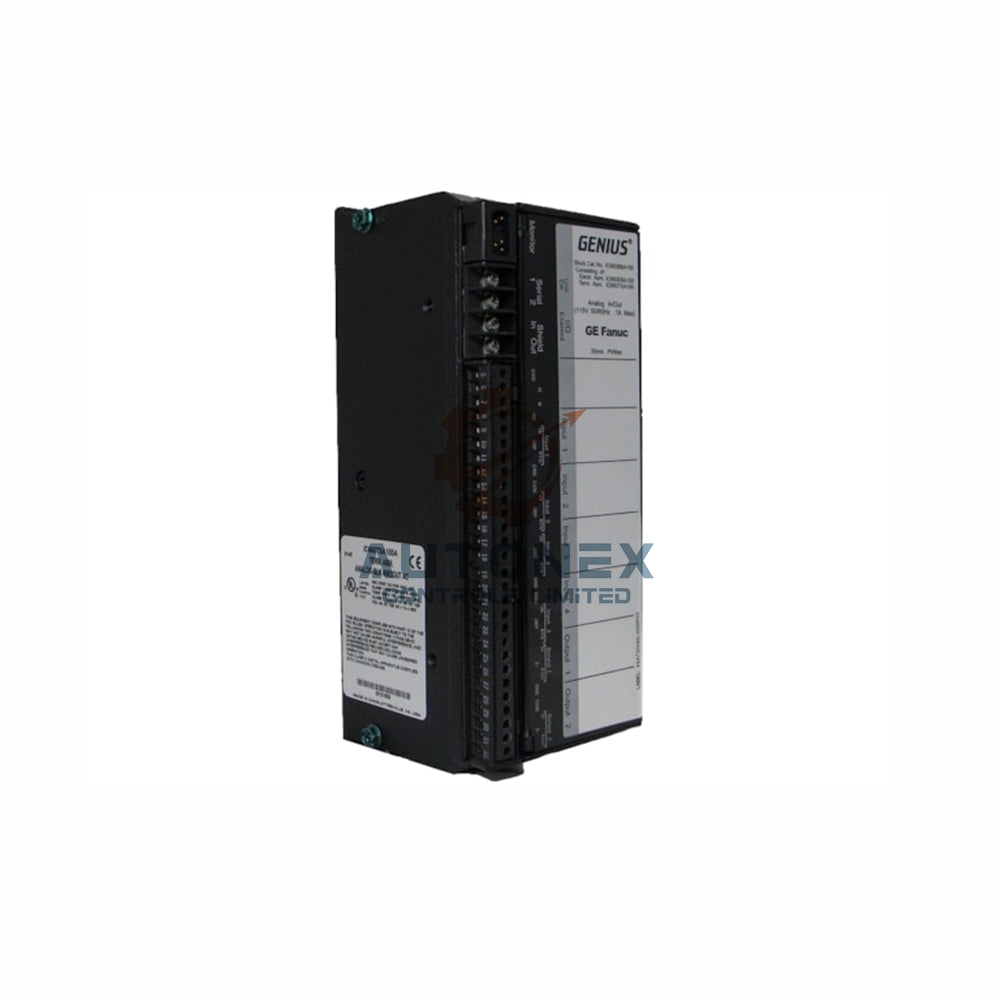Как предиктивное обслуживание меняет стратегию MRO в 2025 году
Стратегии технического обслуживания эволюционируют от реактивных ремонтов к интеллектуальному прогнозированию. В 2025 году производители используют аналитические данные для предсказания отказов оборудования до их возникновения. Этот проактивный подход в сочетании со стратегическим обеспечением запасных частей революционизирует техническое обслуживание, ремонт и эксплуатацию в различных отраслях.
Переход от реактивного к предиктивному обслуживанию
Традиционные модели работы до отказа приводят к дорогостоящим аварийным остановкам и замене оборудования. Предиктивное обслуживание меняет этот подход за счет непрерывного мониторинга оборудования и анализа данных. Команды обслуживания теперь планируют замену во время запланированных простоев, избегая сбоев в производстве.
Современные заводы внедряют системы мониторинга состояния, которые отслеживают показатели здоровья оборудования. Эти системы обеспечивают ранние предупреждения о деградации компонентов, позволяя планировать и выполнять профилактическое обслуживание.
Технологическая основа предиктивного обслуживания
Современные системы автоматизации ежедневно генерируют тысячи операционных данных. Программируемые логические контроллеры и приводы с интегрированной диагностикой отслеживают характеристики крутящего момента, тепловые параметры и электрические сигнатуры. Алгоритмы искусственного интеллекта обрабатывают эту информацию для прогнозирования оставшегося срока службы компонентов.
Анализ вибраций, тепловизионная съемка и мониторинг тока обеспечивают дополнительные потоки данных. Вместе эти технологии создают комплексные оценки состояния оборудования, которые направляют решения по техническому обслуживанию.

Оценка возврата инвестиций в предиктивное обслуживание
Предприятия, внедряющие программы предиктивного обслуживания, сообщают о значительных улучшениях в работе. Типичные результаты включают снижение незапланированных простоев на 40% и сокращение затрат на обслуживание на 30%. Эти сбережения достигаются за счет устранения аварийных ремонтов и оптимизации управления запасами.
Кроме того, компании достигают лучшего использования запасных частей благодаря точному прогнозированию отказов. Это снижает капитал, связанный с запасами, при этом обеспечивая доступность критически важных компонентов в нужный момент.
Критически важные компоненты для предиктивного мониторинга
Некоторые компоненты автоматизации предоставляют особенно ценные предиктивные данные. Эти устройства часто оснащены продвинутой диагностикой и возможностями мониторинга, поддерживающими стратегии обслуживания на основе состояния.
ABB ACS310-03E-01A3-4 Привод: энергоэффективный частотный преобразователь с возможностями анализа тока
Siemens S7-1200 ПЛК: компактный контроллер с интегрированным журналированием данных и диагностическими функциями
Mitsubishi MDS-C1-V1-20 Серводрайв: сервоусилитель с термомониторингом и отслеживанием ошибок
Omron NX-0D5256 I/O Модуль: модуль цифрового ввода для высокоскоростной обработки сигналов датчиков
LS Electric LSLV0055S100-2EONNS Привод: экономичный инвертор с защитными функциями для мониторинга состояния
Интеграция предиктивных данных с поставками запчастей
Эффективное предиктивное обслуживание требует надежного снабжения компонентами. Даже точные прогнозы отказов имеют ограниченную ценность без своевременной доступности запчастей. Стратегические партнерства с поставщиками автоматизации обеспечивают прибытие необходимых компонентов к началу окна обслуживания.
Industrial Automation Co. поддерживает программы предиктивного обслуживания за счет обширных запасов и быстрой доставки. Такое сочетание позволяет предприятиям выполнять планы обслуживания без задержек из-за длительных сроков поставки.
Отраслевой взгляд: внедрение предиктивного обслуживания
Основываясь на наших отраслевых наблюдениях, успешная реализация предиктивного обслуживания требует как технологической, так и логистической подготовки. Компаниям следует начинать с критически важного оборудования с высоким воздействием отказа и измеримыми признаками деградации. Создание надежных каналов поставки запчастей до внедрения предиктивных программ предотвращает разрывы в работе между обнаружением и устранением неисправностей.
Наиболее эффективные программы сочетают точный мониторинг с отработанными процессами замены. Такой комплексный подход максимизирует надежность оборудования и минимизирует затраты на обслуживание.
Практические сценарии внедрения
Применение в пищевой промышленности: На упаковочном предприятии внедрили мониторинг вибрации на приводах конвейера. Система обнаружила износ подшипников за три недели до ожидаемого отказа, что позволило запланировать замену во время еженедельного простоя на уборку.
Автомобильное производство: Операция сварки использовала анализ тока для прогнозирования деградации серводвигателя. Команда обслуживания заменяла двигатели во время плановых смен инструментов, избегая простоев производства.

Часто задаваемые вопросы
Какая инфраструктура нужна для предиктивного обслуживания?
Для базового предиктивного обслуживания требуются датчики, системы сбора данных и программное обеспечение для анализа. Многие современные компоненты автоматизации включают встроенные возможности мониторинга, что снижает потребность в дополнительном оборудовании.
Насколько точны прогнозы предиктивного обслуживания?
Точность зависит от качества данных и сложности алгоритма. Хорошо настроенные системы обычно достигают точности 85-95% в прогнозировании отказов, обеспечивая достаточное время для планового обслуживания.
Может ли старое оборудование поддерживать прогнозное техническое обслуживание?
Да, модернизированные датчики и устройства мониторинга могут обеспечить прогнозное техническое обслуживание на устаревшем оборудовании. Инвестиции часто оправдываются за счет сокращения времени простоя и продления срока службы оборудования.
Какие навыки необходимы командам обслуживания для программ прогнозного обслуживания?
Командам требуются навыки интерпретации данных и диагностические способности. Многие организации предоставляют специализированное обучение для преодоления разрыва между традиционным обслуживанием и компетенциями в области прогнозной аналитики.
Как прогнозное техническое обслуживание влияет на запас запасных частей?
Прогнозное техническое обслуживание обычно снижает общий запас, изменяя схемы хранения. Компании хранят меньше запасных частей для экстренной замены, но поддерживают стратегические компоненты для плановых мероприятий по техническому обслуживанию.
Проверьте ниже популярные товары для получения дополнительной информации на Autonexcontrol


